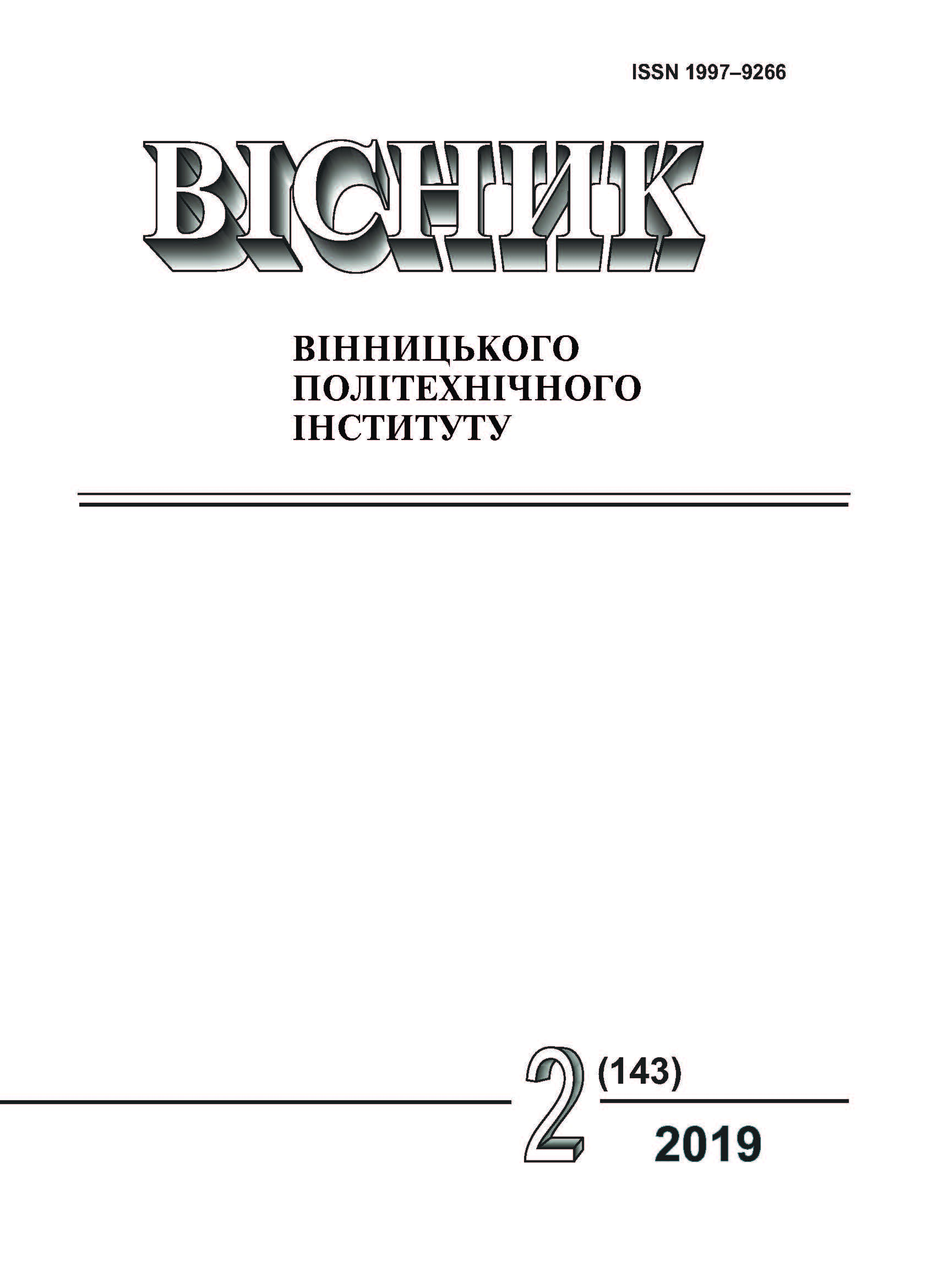Combined Mathematical Model of Three-Shell Gas Reactor in Ammonia Production
DOI:
https://doi.org/10.31649/1997-9266-2019-143-2-15-20Keywords:
ammonia production, gas reactor, mathematical model, information-logical schema, test inputsAbstract
A method for developing a mathematical model for further optimization and control of a complex technological object is proposed. The analysis of the technological process of ammonia synthesis as a control object was carried out and an information-logic scheme of a three-shelf gas reactor with an integrated heat exchanger was developed. A mathematical model of an ammonia synthesis gas reactor shelf has been developed. A mathematical model of a gas reactor for ammonia synthesis has been developed. To determine the unknown parameters of the mathematical model, a system of test effects on a three-shelf gas reactor was proposed by changing the flow rates of synthesis gas from cold bypasses by a known fixed value. The development of a mathematical model involves two stages. At the first stage, a model is developed based on the material and heat balances of each shelf of the three shelving gas reactors. Despite its low accuracy, it makes it possible to evaluate the type of criterion function in a wide range of variation of arguments, taking into account its multi-extremes, and to highlight the area of global extremum. At the second stage, the model is adapted based on experimental data obtained from the control object, based on probabilistic methods. This allows to ensure the accuracy of the parameters modeled by taking into account all disturbing influences. The resulting mathematical model has the fourth order; it is quite simple to obtain the functional dependence of the concentration of the target component at the output of the three-shelf gas reactor on the input control and perturbing parameters. The proposed equation can be used to solve the optimization problem. The mathematical model developed can be used to build a control system for a three-shelf gas reactor in ammonia production with a model.
References
Д. Абдалхамид, М. Г. Лория, А. Б. Целищев, та П. І. Єлисєєв, «Система екстремального керування многополичним реактором з моделлю», Вісник СНУ, № 15 (186), ч. 2, с. 152-156с, 2012.
А. Б. Целищев, П. І. Єлисєєв, М. Г. Лория, та І. І. Захаров, Математичне моделювання технологічних об’єктів. Луганськ: вид-во У ВНУ, 2011, 421 с.
А. В. Иванов, «Разработка и моделирование цифровой системы многосвязного управления процессом синтеза аммиака.» дис. канд. техн. наук. Воронеж, Россия, 2009.
М. В. Ананьєв, О. Б. Целіщев, та М. Г. Лорія, «Ідентифікація параметрів моделі з використанням точок глобальних екстремумів динамічних характеристик», Вопросы химии и химической технологи, № 5, с. 188-191, 2012.
Є. М. Бромберг, К. Л. Куликовский, Тестові методи підвищення точності вимірів. М.: Енергія, 1978, 176 с.
Д. Абдалхамід, М. Г. Лорія, О. Б. Целіщев, П. І. Єлісєєв, та І. І.Захаров, «Адаптація математичної моделі реактора синтезу метанолу» Східноєвропейський журнал передових технологій, № 6/3 (66), с. 4-6, 2013.
М. В. Ананьєв, О. Б. Целіщев, М. Г. Лорія, «Оптимальне настроювання регулятора за квадратичною оптимізаційною функцією», Вісник Східноукраїнського національного університету імені Володимира Даля, № 6 (148), ч. 2, с. 134-141, 2010.
Downloads
-
PDF (Українська)
Downloads: 204
Published
How to Cite
Issue
Section
License
Authors who publish with this journal agree to the following terms:
- Authors retain copyright and grant the journal right of first publication.
- Authors are able to enter into separate, additional contractual arrangements for the non-exclusive distribution of the journal's published version of the work (e.g., post it to an institutional repository or publish it in a book), with an acknowledgment of its initial publication in this journal.
- Authors are permitted and encouraged to post their work online (e.g., in institutional repositories or on their website) prior to and during the submission process, as it can lead to productive exchanges, as well as earlier and greater citation of published work (See The Effect of Open Access).





